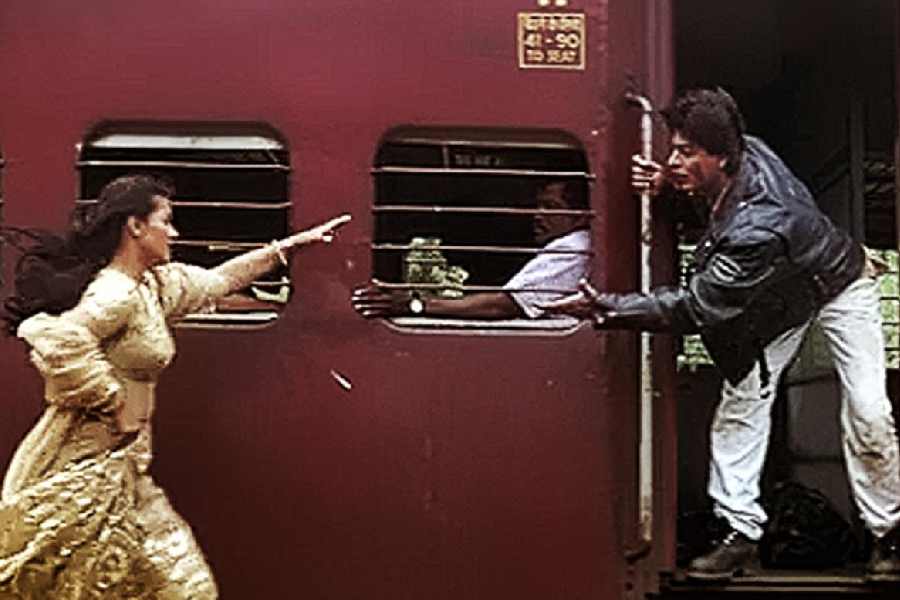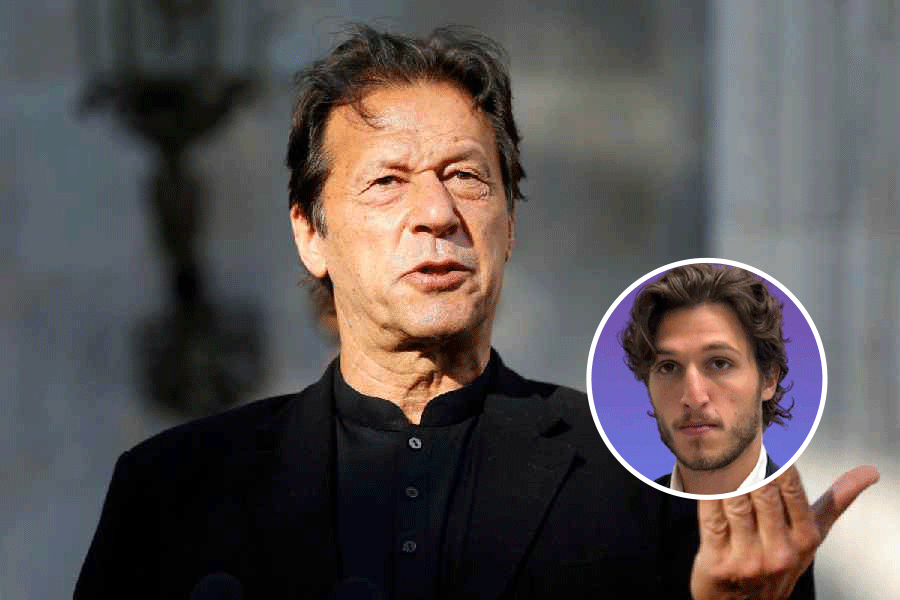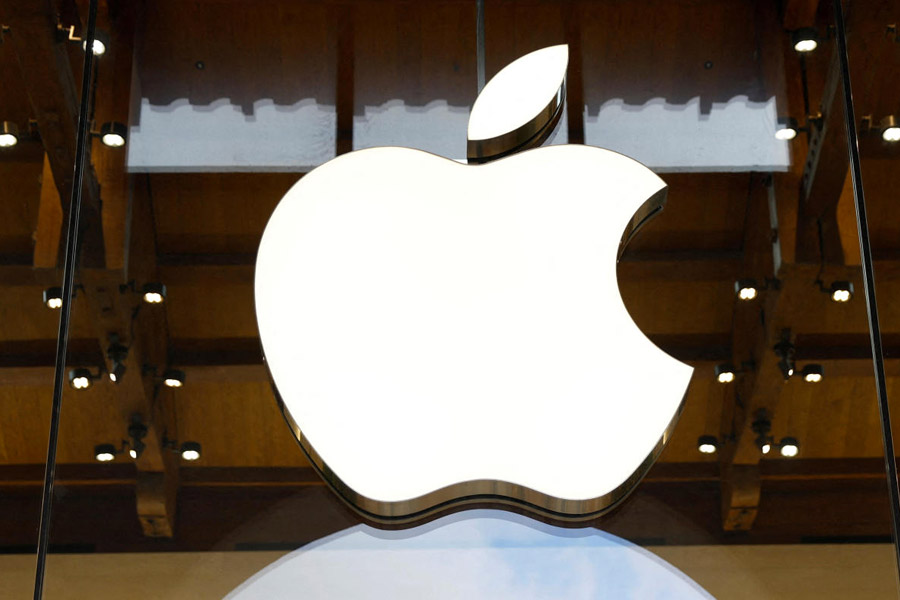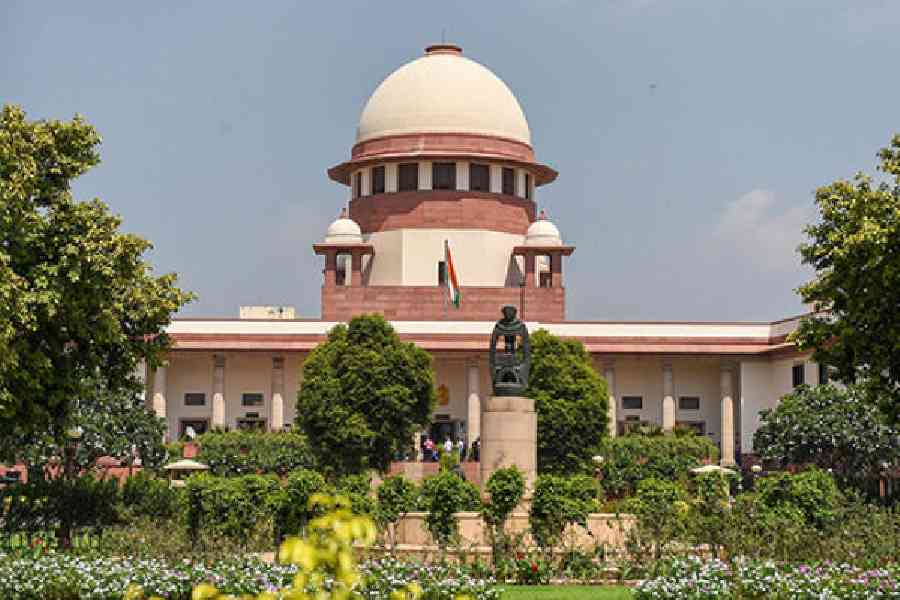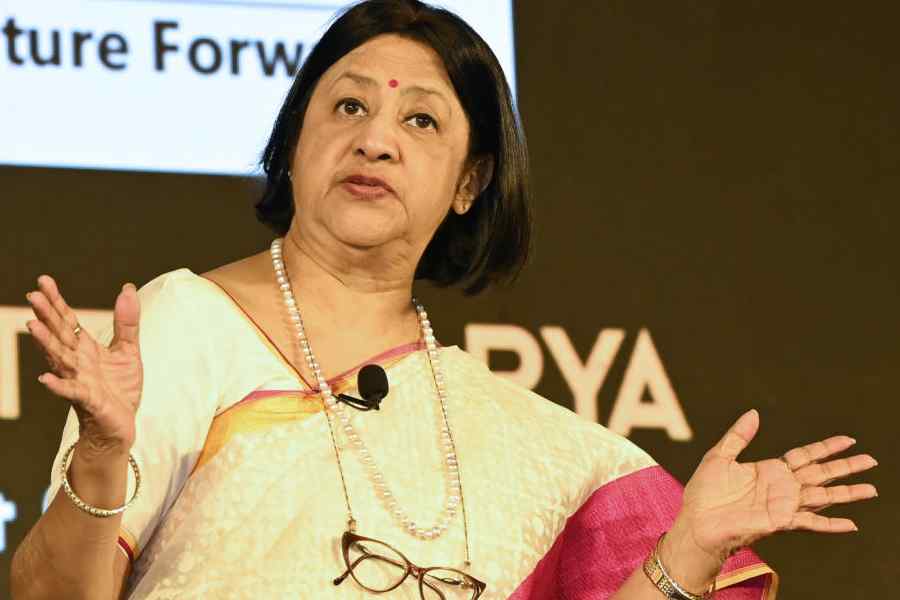Book: SHAH RUKH KHAN AND THE RAILWAY NARRATIVES
Author: Ankur Konar
Published by: Hawakal
Price: Rs 350
Ankur Konar’s intriguingly-titled book is an imaginative exploration of something most cineastes recognise instinctively but rarely interrogate: the centrality of trains in Shah Rukh Khan’s films. Konar thereby redirects the gaze to the railway carriage, the waiting room, the platform’s edge and the tracks — spaces that have, the author argues, shaped SRK’s screen image as well as the emotional vocabulary of mainstream Hindi cinema.
The book’s citations from articles by scholars such as Ashish Rajadhyaksha, Rebecca Harrison, and Omar Ahmed lend it a strong theoretical framework to analyse its central tenet: “the train metaphor” as a “dominant presence” in Khan’s films. Konar also examines the intertwined relationship between the train and cinema, “both products of mass production”, both democratising in their reach, and goes on to show how the railways have been synonymous with Indian modernity. One of the book’s strengths lies in its ability to situate the railways within India’s collective memory. Konar reminds the reader that the railways are not neutral props. They carry remnants of colonial history, the Partition trauma, and the everyday negotiations along the lines of class. Khan’s interconnectedness with the railways in his films and even personal life thus places him within a deeply textured national imagery. This grounding gives the book a cultural weight that distinguishes it from fan-centric studies. Attributing the use of railways as a “fragile space of global capitalism” by the “‘brat-pack’ generation”, which includes film-makers like Aditya Chopra and Karan Johar, Konar demonstrates how trains recur not merely as picturesque settings but as narrative pivots, emotional catalysts and symbolic reservoirs.
Konar switches between film analysis and cultural commentary with ease. In his reading of Dilwale Dulhania Le Jayenge, the train is not simply the climactic stage for a hand-pull rescue; it becomes a space where tradition and modernity collide. In Swades, the train charts the protagonist’s moral trajectory. The train becomes a vessel of romance, separating and then uniting the lovers in Veer-Zaara, Shakti, Kal Ho Naa Ho, Kabhi Alvida Na Kehna, Devdas, Jab Harry Met Sejal, and Chennai Express, while in Khan’s newer films (Raees, Pathaan, Jawan or Dunki), it is a site of anguish or political tension. Konar also argues that the “longest song sequence on a train”, “Chaiyan Chaiyan”, fosters a key “oriental discourse” even though the train in this instance is not central to the film.
The book is structured in the form of short, thematic chapters, making it highly accessible to readers who may not have an academic bent of mind. Konar’s writing is clean and evocative. Its tight chapters make it a brisk and enjoyable read, but also leave one wishing for analytical takes on larger questions, such as the politics of public space. Uneven editorial oversight, including repeated phrases and a few factual slips, threaten to derail an otherwise engaging narrative occasionally.

